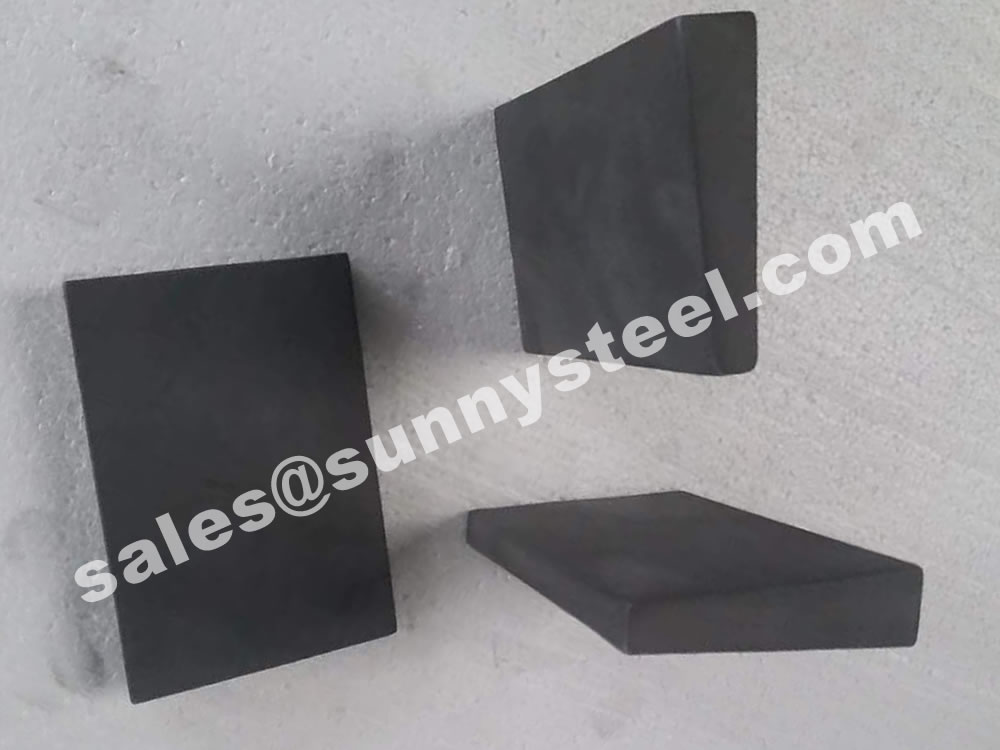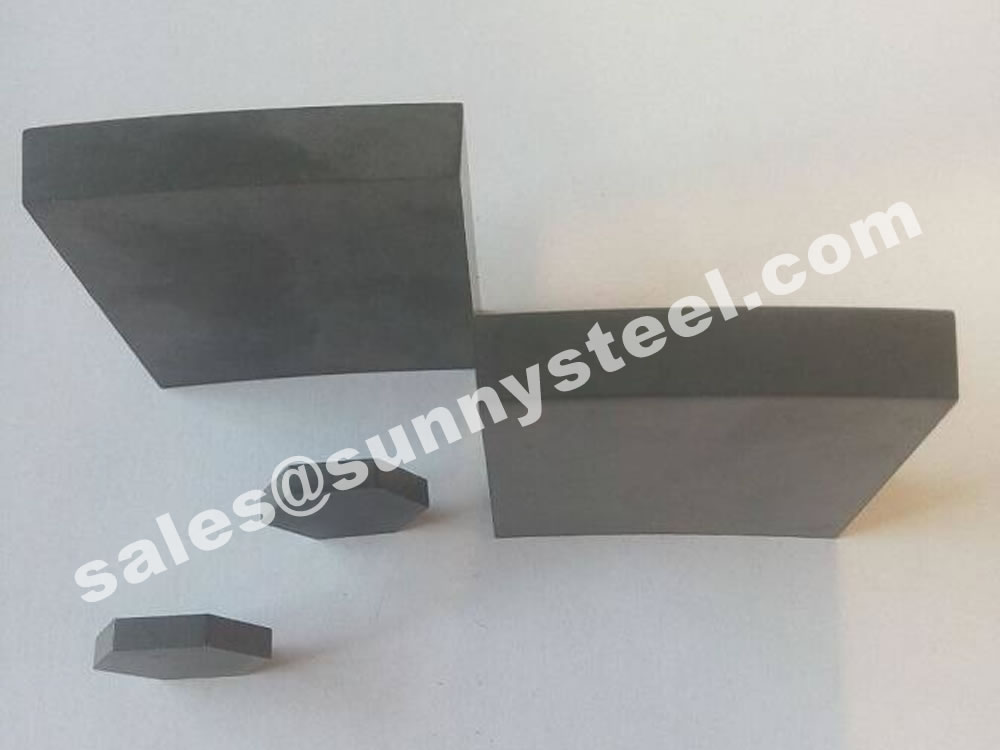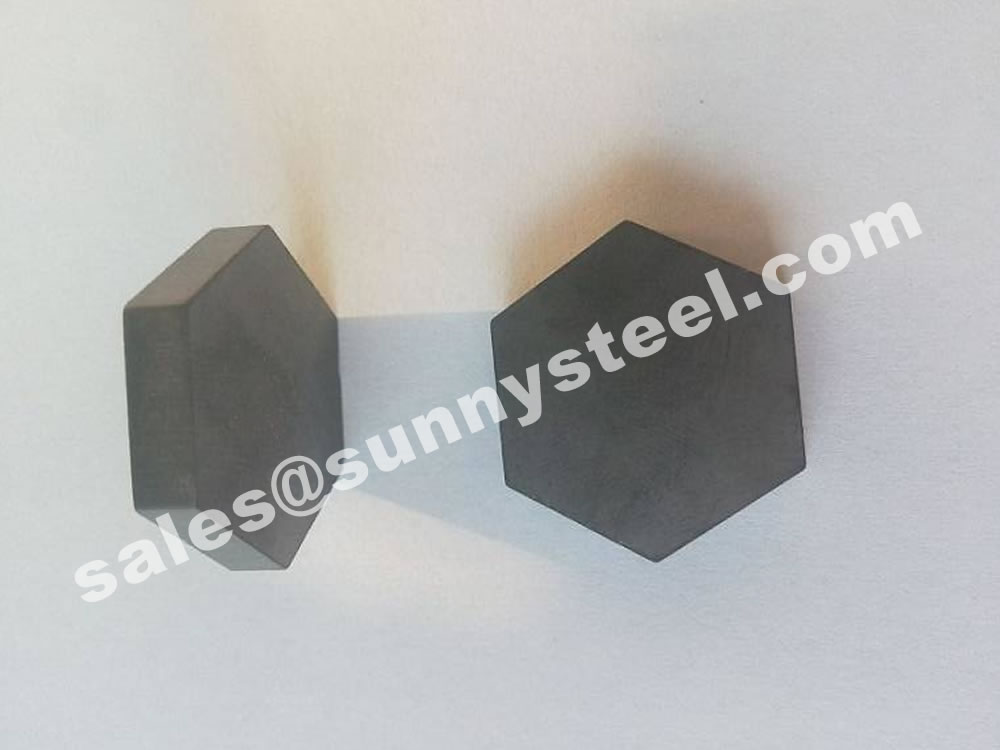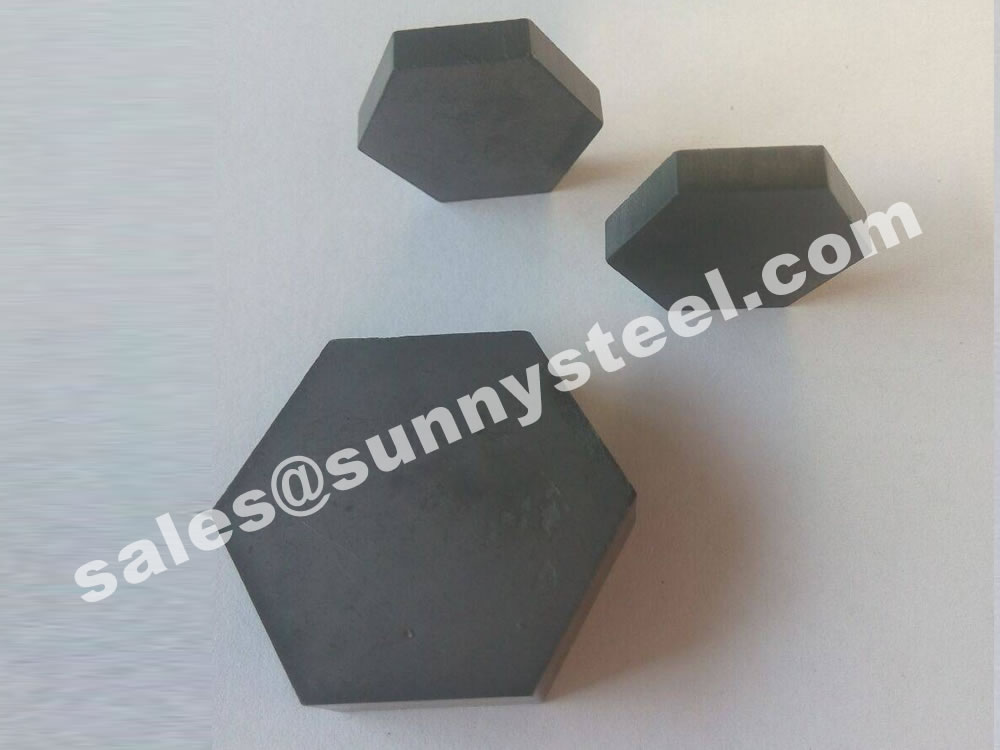SSIC Thermocouple Protection Tube
Designed to protect thermocouples from extreme temperatures and abrasion.
Silicon carbide wear-resistant bricks are high-performance materials widely used in industrial applications due to their exceptional resistance to wear, corrosion, and high temperatures.
These bricks are particularly suitable for lining equipment and pipes in environments with high wear and corrosion.
Download PDFSilicon carbide bricks are refractory materials primarily made from silicon carbide (SiC). They have a Mohs hardness of 9 and are relatively stable against acidic slags. These bricks contain 72% to 99% SiC and are categorized into various types based on the bonding material, such as clay-bonded, Si3N4-bonded, Sialon-bonded, β-SiC-bonded, Si2ON2-bonded, and recrystallized silicon carbide bricks. They are mainly used in the manufacturing of crucibles for non-ferrous metallurgy, aluminum casting molds, electric furnace linings, and heat exchangers.
Refractory products made primarily from silicon carbide (SiC). The content of SiC ranges from 72% to 99%. Generally, black silicon carbide (with a SiC content of over 96%) is used as the raw material, to which binders (or no binders) are added, followed by processes such as mixing, forming, and firing to produce the bricks. The main crystalline phase is silicon carbide. The main types include oxide-bonded silicon carbide bricks, carbon-bonded silicon carbide bricks, nitride-bonded silicon carbide bricks, self-bonded silicon carbide bricks, recrystallized silicon carbide bricks, and semi-silicon carbide bricks. These products are characterized by good wear resistance, erosion resistance, high-temperature strength, good thermal shock stability, high thermal conductivity, and low coefficient of thermal expansion, making them high-performance refractory materials.
Silicon carbide bricks have a high thermal conductivity, good wear resistance, thermal shock resistance, and corrosion resistance. Therefore, silicon carbide bricks have a wide range of industrial applications. They can be used for the lining of steel ladles in metallurgy, nozzles, plugs, the bottom and belly of blast furnaces, and water-cooled sliding rails in heating furnaces; distillation apparatus, rectification tower trays, side walls of electrolytic cells, and crucibles for melting metals in non-ferrous metal smelting; roof boards and flame retardant materials in kilns in the silicate industry; oil and gas generators, and organic waste incinerators in the chemical industry; crucibles for high-tech ceramics, linings for aluminum electrolytic cells, molten aluminum ducts, and kiln furniture for ceramic kilns, the lower part of large and medium-sized blast furnaces, furnace waist and belly, linings for aluminum refining furnaces, and linings for zinc distillation pots, etc.
SISIC Batt is a versatile and high-performance material that meets the demands of various industrial applications. Its unique combination of strength, wear resistance, and thermal stability ensures reliable performance in harsh environments.




RBSIC / SiSiC silicon carbide batt has excellent high temperature bearing capacity, good dimensional stability and oxidation and corrosion resistance, particularly suitable for kiln furniture in ceramic roller kiln, tunnel kiln and shuttle kiln.
RSiC and NSiC materials have excellent thermal shock resistance, deformation resistance and spalling resistance at high temperatures, and can be used for shed plates, bearing plates and backing plates in the electronic ceramics industry. The surface of the kiln furniture can be coated with alumina and zirconia as required.
| Technical index | Unit | Parameter |
|---|---|---|
| Recrystallized SiC content | % | > 99.5 |
| Bulk density | g/cm3 | 2.45-2.65 |
| Apparent porosity | % | <11 |
| Bending strength | MPa | >90-100 |
| Compression strength | MPa | >600 |
| Thermal expansion (20-1100℃) | 10-6K-1 | 4.7 |
| Thermal conductivity ( 500℃/h) | W/mK | 24 |
| Young’s modulus | GPa | 240 |
| Max working temperature | °C | 1650 |
| Acid and alkali resistance | Excellent |
Our silicon carbide tube and fitting is carefully handled to minimize damage during storage and transportation and to preserve the quality of our products in their original condition. We guarantee intact during transportation, loading and unloading, and have measures to reduce vibration and impact, so as to ensure the integrity of the product during transportation.
Our Silicon Carbide Tubes (SiC Tubes) are carefully handled to minimize damage during storage and transportation and to preserve the quality of our products in their original condition.
Typical silicon carbide characteristics include:
Typical silicon carbide applications include:
They are used more for operation with wear at low temperature than for high temperature behavior. SiC applications are such as sandblasting injectors, automotive water pump seals, bearings, pump components, and extrusion dies that use high hardness, abrasion resistance, and corrosion resistance of carbide of silicon.
Metallurgy and power industry: The reason why these two industries are put together is mainly because the two industries have a large number of metal pipes for the transmission of coal powder, ash, mud, and the like. After using the wear-resistant elbow pipe, the advantages of strong wear resistance, long life and easy installation are immediately highlighted.
Mining industry: If the wear-resistant elbow pipe is not used, the ordinary pipe is used for the transportation of the ore powder. Due to the filling of the mine and the transportation of the concentrate powder, the wear of the pipe is relatively large, so that the life of these pipes is only about one year. After wearing elbow pipes, the life of such pipes will be extended by a factor of five.
Coal industry: If long-distance wet transport of coal is required, the pipe has the requirements of good wear resistance and high corrosion resistance, and the pipe with wear-resistant elbow can meet these requirements well.
